As the world rapidly embraces clean energy, LiFePO4 (Lithium Iron Phosphate) battery technology has emerged as a top choice for energy storage systems, electric vehicles, and off-grid applications. Among the many configurations available, 3.2V 100Ah prismatic LiFePO4 battery cells are known for their excellent energy density, safety, and long cycle life. But just how long do these cells really last?
In this guide, we’ll dive into the lifespan of LiFePO4 prismatic cells and the key factors that influence their durability—drawing on insights from Huihang Technology, a high-tech enterprise specializing in the research, production, and global sales of lithium battery solutions.
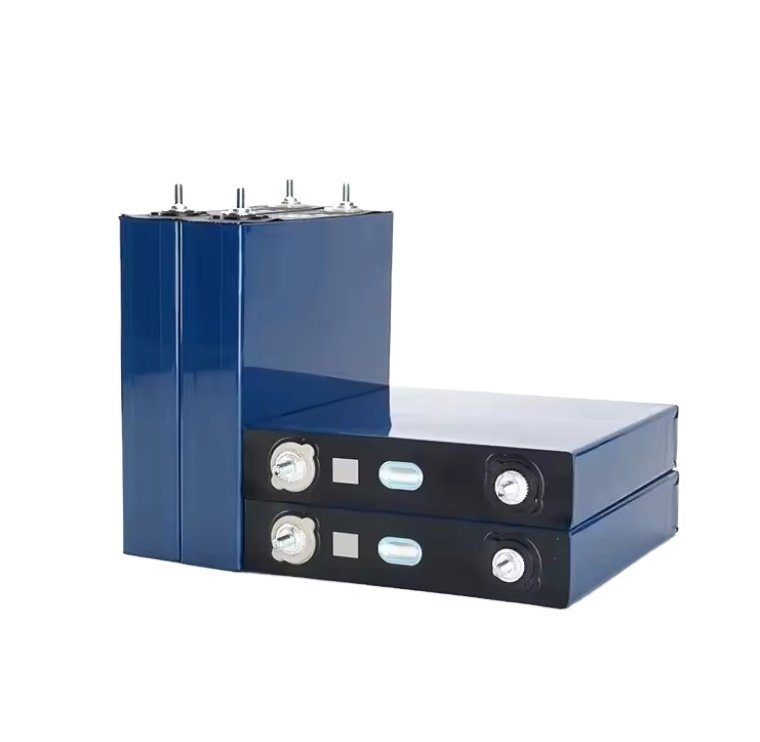
What Is a 3.2V 100Ah LiFePO4 Prismatic Cell?
A 3.2V 100Ah LiFePO4 prismatic cell is a type of lithium battery cell with a flat, rectangular shape (prismatic), offering:
-
A nominal voltage of 3.2 volts
-
A capacity of 100 ampere-hours, meaning it can theoretically provide 100 amps for one hour or 10 amps for 10 hours, and so on.
These cells are commonly used in:
-
Solar energy storage systems
-
Electric vehicles and e-bikes
-
Marine and RV battery banks
-
Backup power supplies
Typical Lifespan of a 3.2V 100Ah LiFePO4 Cell
Under ideal conditions, these battery cells typically last:
-
Cycle life: 3,000 to 5,000 cycles (charging and discharging once per cycle)
-
Calendar life: 10 to 15 years, depending on usage and maintenance
In practical terms, if you discharge and charge the battery once per day, even at 3,000 cycles, you’re looking at over 8 years of life—and many high-quality cells go far beyond that.
Key Factors That Affect Battery Lifespan
-
Depth of Discharge (DoD)
The deeper you discharge a battery (e.g., down to 0%), the more stress it endures.
-
Optimal DoD: 80% or less to maximize lifespan
Charge/Discharge Rates
Excessively high current can shorten the lifespan. Use balanced BMS (battery management systems) to ensure proper control.
Operating Temperature
LiFePO4 batteries perform best between 0°C and 45°C. Extreme heat or cold can degrade internal chemistry over time.
Storage Conditions
When not in use, store the batteries in a cool, dry environment and at 50%–60% charge.
Battery Quality
The manufacturing process and material quality significantly affect lifespan. This is why choosing a reputable manufacturer matters.
Why Choose High-Quality Cells from Huihang Technology?
Huihang Technology is a trusted innovator in the lithium battery industry, focused on delivering high-quality, high-performance LiFePO4 battery solutions. With deep expertise in R&D, precision manufacturing, and custom battery design, Huihang’s products are engineered to meet the demands of global markets.
Their 3.2V 100Ah prismatic cells are:
-
Rigorously tested for durability and consistency
-
Built with high-purity materials for longer cycle life
-
Supported by comprehensive technical guidance and after-sales service
Whether you're powering a home solar system or building a commercial battery bank, Huihang’s lithium battery products are built to last.
Conclusion
3.2V 100Ah LiFePO4 prismatic battery cells offer outstanding longevity, with thousands of charge cycles and a decade or more of reliable performance. By choosing premium-quality cells—such as those developed by Huihang Technology—and using them within optimal conditions, you can maximize efficiency, safety, and return on investment.
Ready to build a long-lasting energy system? Explore Huihang Technology’s full range of lithium battery solutions for your next project.
www.huihangbattery.com
Shenzhen Huihang Technology Co., Ltd.
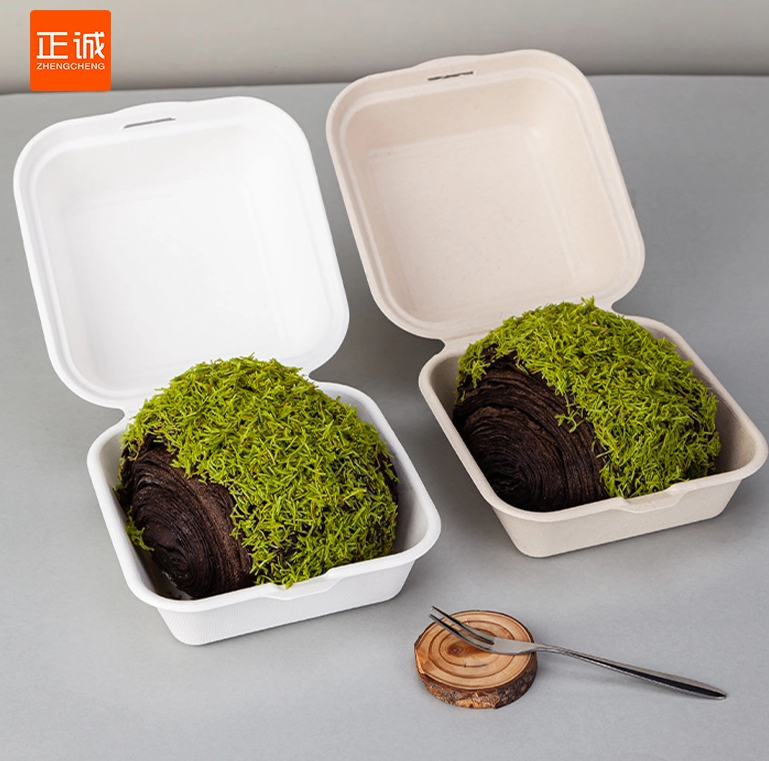


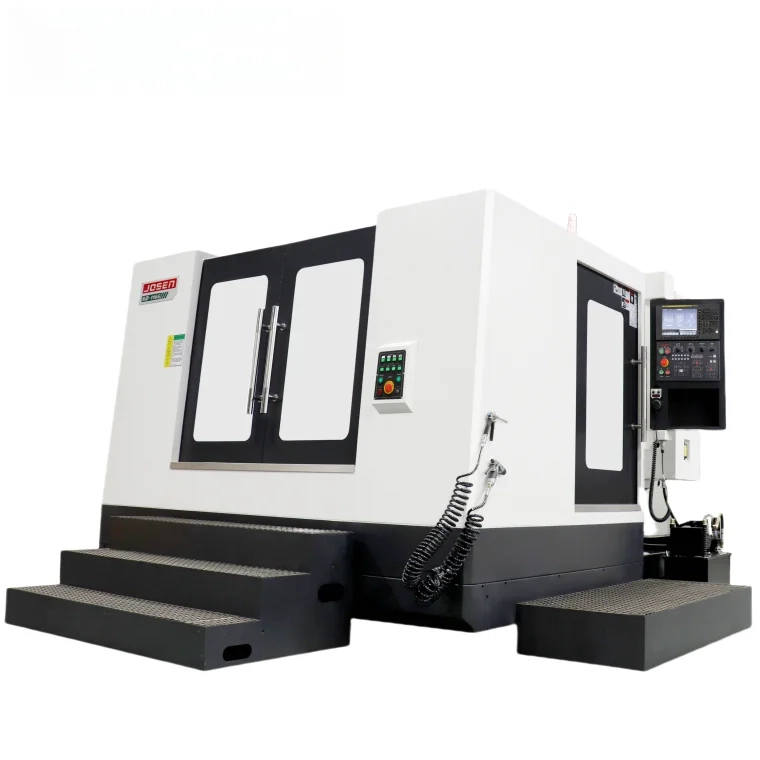
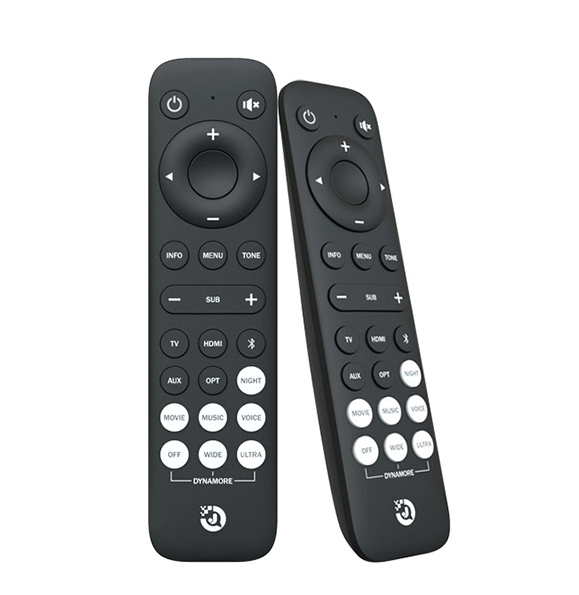
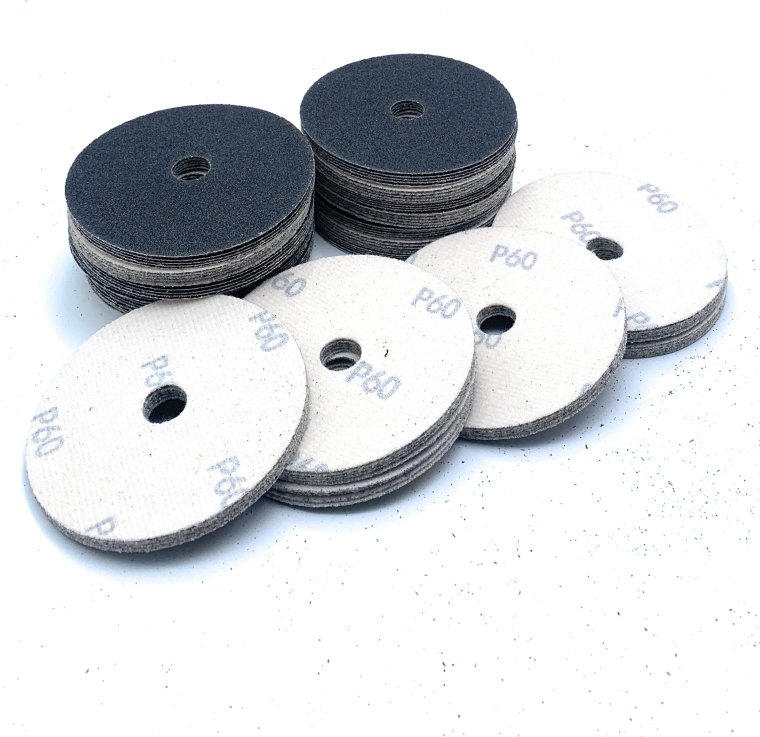
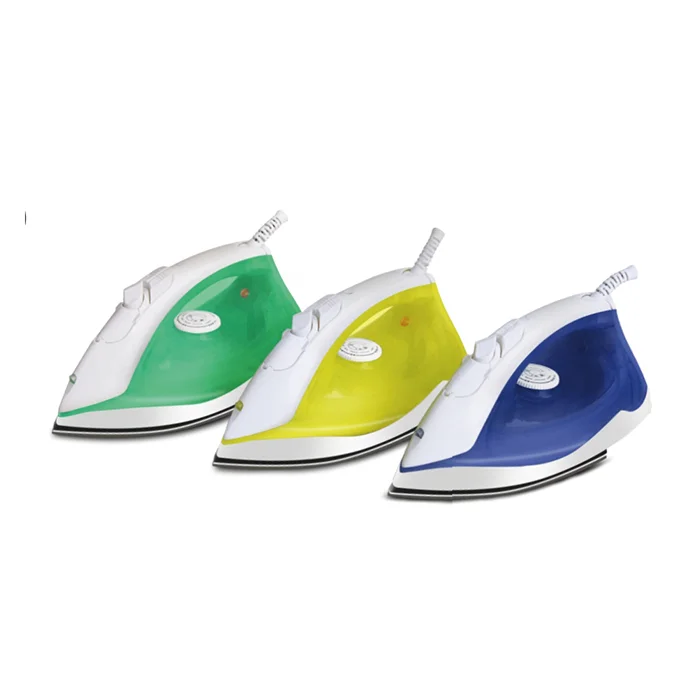

+ There are no comments
Add yours